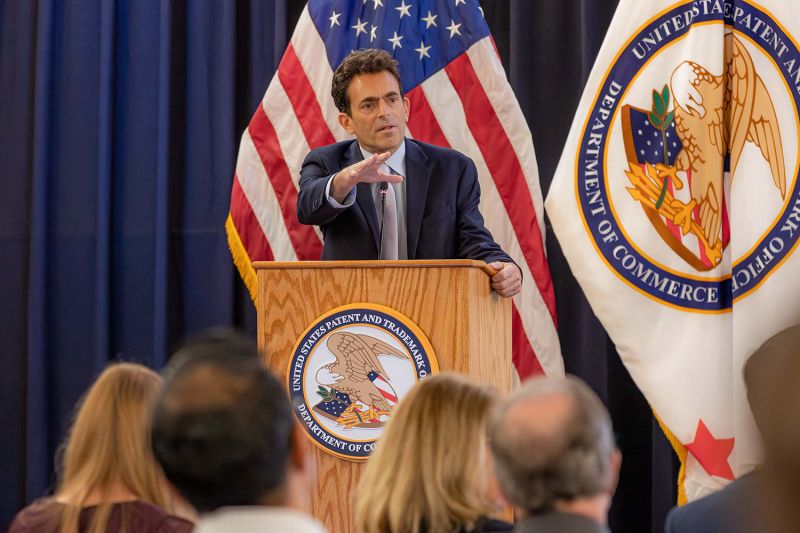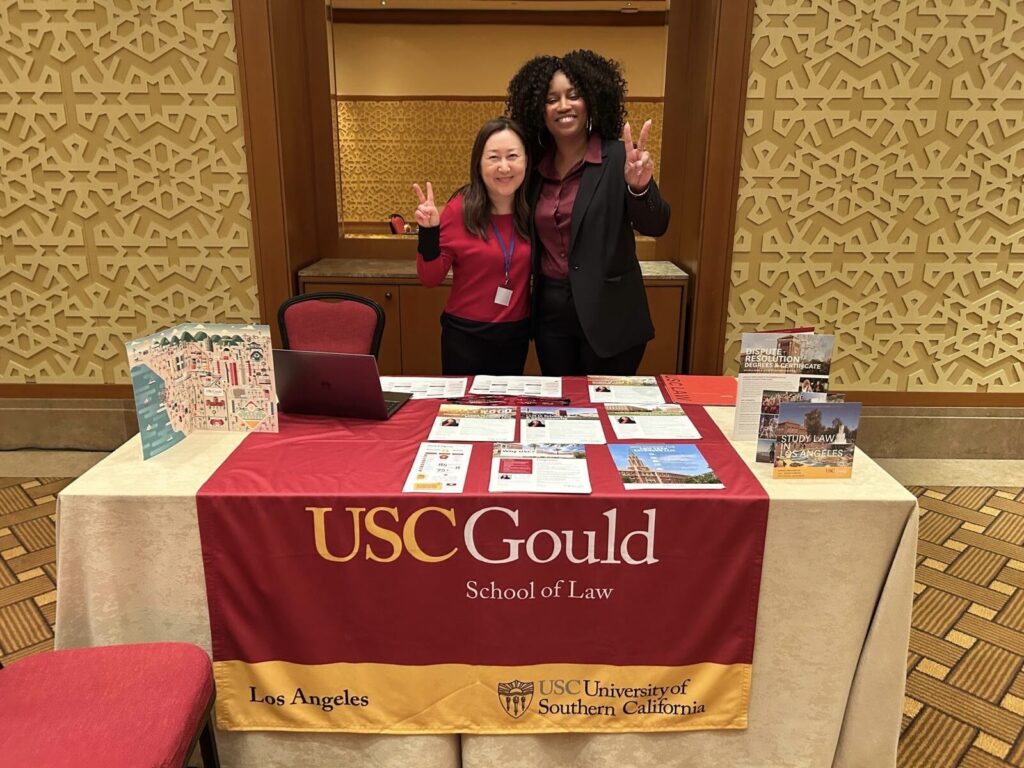Law students offer a creative approach to mediation
-by Christina Schweighofer
In an effort to provide law students with high-level mediation experience outside of the court system, the Advanced Mediation Clinic is now collaborating with California Lawyers for the Arts on a mediation program. Thanks to the cooperation, USC students are learning to work with creative clients in emotionally charged disputes, honing two skills required of any good lawyer: negotiation and relationship building.
Known as Arts Arbitration and Mediation Services, or AAMS, the CLA’s nonprofit program provides alternative dispute resolution services to artists. Cases run the gamut from disputes over attribution in work to landlord-tenant differences between an artist and a gallery owner.
“The work generally centers on a collaboration gone awry,” said Lisa Klerman, director of the Advanced Mediation Clinic. “Often you’ll have a highly creative person who had a great project, and all good intentions were in place, but something went wrong with the project itself or interpersonally.”
Every AAMS case is co-mediated by two volunteers whose goal is to help the parties reach a creative solution long before a lawsuit needs to be filed. The parties usually represent themselves but are often very sophisticated and able to see both the weaknesses and the strengths of their positions.
So far, USC Gould students have participated in three AAMS cases. From studying the case files and preparing a strategy to actually co-mediating the case, the USC Gould students have worked on the same level as the AAMS volunteers with whom they had been matched.
One of the students in the Advanced Mediation Clinic, Kelley Lowe ’14, co-mediated a case that involved a director and a writer/actress. In their collaboration on a six-minute short film, the parties had run into copyright issues. In the case of Deema Abini ’14, a filmmaker and a graphic designer who had been producing promotional materials were locked in a dispute over a breach of employment agreement. “It was the breakdown of a relationship that had blossomed from this work that someone was doing for another person,” Abini said.
As is typical of entertainment disputes, where artists tend to identify with their creative work, the students were mediating in fervently charged situations. The conflicts centered more on damaged relationships than straightforward business matters. The challenge for the mediators in such situations—and the learning opportunity for the students—is not only to understand the specific interests and priorities of the parties, but also to help them see where they might share a goal, like having their project succeed, said Klerman and the students.
With emotions running high and the two sides often firm in their positions, this can be especially hard. “You can have a strategy,” Lowe said, “but you have to be on your feet because you never know how the parties are going to react. If you propose an agreement, you have to do it in a way that speaks to the parties like they are being heard and listened to.”
Klerman started the Advanced Mediation Clinic in 2010. This year, five students participated. Having spent a year in the Mediation Clinic, also run by Klerman, they already had 25 to 30 mediations of court cases under their belts when they began co-mediating for the AAMS.
Robyn Weinstein, AAMS director, was highly appreciative of the students’ work. “They have been mediating for a long time already, and they have completed extensive training with Professor Klerman,” she said. “The feedback we get about our USC mediators is great.”

















